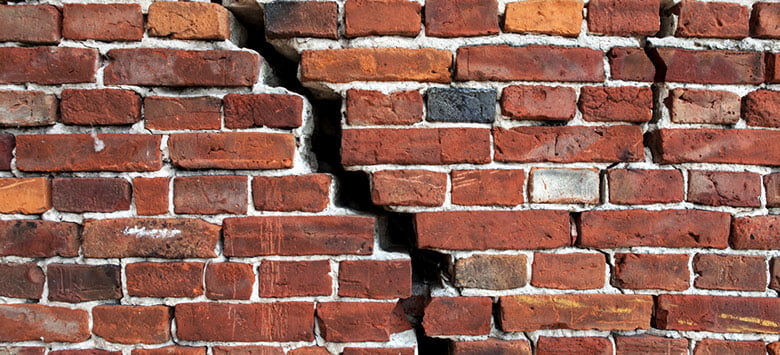
Restore Your Space: Repairing a Cracked Wall
Cracks in the walls of your home can be both unsightly and concerning. However, with the right knowledge and techniques, you can restore your space by effectively repairing a cracked wall. Let’s explore the steps and considerations for addressing this common issue.
Understanding the Causes of Wall Cracks
Before diving into the repair process, it’s essential to understand the potential causes of wall cracks. Factors such as foundation settlement, temperature fluctuations, moisture, or even structural issues can contribute to cracks. Identifying the root cause helps in implementing a targeted and lasting solution.
Inspecting and Assessing the Damage
Start by thoroughly inspecting the cracked wall. Evaluate the size, location, and pattern of the cracks. Superficial hairline cracks may be less concerning than wider, diagonal, or horizontal cracks, which could indicate more significant structural issues. Assessing the damage accurately guides the approach to the repair.
Choosing the Right Repair Method
The appropriate repair method depends on the severity and type of wall crack. For minor cracks, a simple patching or filling approach may suffice. However, for more extensive or structural issues, consulting with a professional is advisable. They can assess the situation and recommend the most suitable repair method, which may involve more comprehensive measures.
Patching Small and Superficial Cracks
For small and superficial cracks, patching compounds or joint compounds can be effective. Clean the crack, remove loose debris, and apply the patching material with a putty knife. Once dried, sand the area for a smooth finish. This method is suitable for cosmetic repairs and preventing minor cracks from worsening.
Filling Larger and Deeper Cracks
Deeper or wider cracks may require a filler material that provides greater strength and durability. Epoxy or polyurethane-based fillers are commonly used for this purpose. Clean the crack, apply the filler, and smooth it out for an even surface. This approach is more robust and helps address structural concerns associated with larger cracks.
Addressing Structural Issues with Professional Help
If the cracks in your wall are indicative of underlying structural problems, seeking professional assistance is crucial. Structural engineers can assess the integrity of your home’s foundation and recommend appropriate solutions. Ignoring structural issues may lead to continued damage and compromise the safety of your home.
Preventing Future Cracks through Maintenance
After repairing the current cracks, taking preventive measures is essential to avoid future issues. Implement regular maintenance practices such as addressing water leaks promptly, maintaining proper drainage, and ensuring the soil around your foundation remains stable. These proactive steps contribute to the long-term health of your walls and overall home structure.
Repainting for a Seamless Finish
Once the repairs are complete, consider repainting the affected area for a seamless finish. Choose a paint color that matches the existing wall to create a cohesive look. Repainting not only conceals the repaired areas but also enhances the overall aesthetics of your space.
Monitoring and Timely Intervention
After repairing the cracked wall, it’s crucial to monitor the repaired areas over time. Any signs of reappearing cracks or additional issues should be addressed promptly. Timely intervention can prevent further damage and the need for more extensive repairs in the future.
Explore Professional Guidance at FundYourPurpose.org
For comprehensive guidance on repairing a cracked wall and ensuring the structural integrity of your home, visit FundYourPurpose.org. Their experts can provide personalized advice and resources to address wall cracks effectively. Take proactive steps to restore and maintain the health of your living space.










